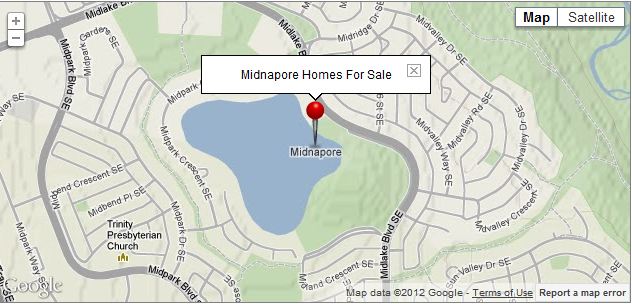Okotoks to seek water from other sources to accommodate growth
Town shifts gears after lifting population cap
By Eva Ferguson, Calgary Herald
CALGARY — The Town of Okotoks will have to be even more aggressive in its pursuit of finding more water for residents now that a long-term cap on population growth has been lifted.
After purchasing three new water licences along the Sheep River over the past two years, the latest for as much as $1 million, the town can supply water to all of its 25,000 residents.
But Okotoks Mayor Bill Robertson hopes to purchase even more licences in an effort to provide water supply to as many as 60,000 residents in the future.
The burgeoning town just south of Calgary has for years fought to stay small under a 30,000-resident population cap enacted in 1998. But town council voted this week to lift the ban in frustration over development growth that continues to go up haphazardly around the town’s borders.
“Our backs are against the wall,” Robertson said.
“We keep seeing the M.D. of Foothills allowing all of this intense growth on our doorstep, but we’re not getting any of those revenues.”
Robertson and others who voted five to two in favour of eliminating the cap argue if they allow growth within their town’s borders at least they can control it and benefit from those revenues.
Coun. Matt Rockley agreed: “If we can plan the development, we can ensure it is more compact, it uses less land . . . and it can be serviced with transit, and with water.”
Historically, the town’s challenge has been accessing water services from the surrounding Sheep River, its nearest and only existing water resource.
In 2006, the province issued a final moratorium on allowing any new water licences from the South Saskatchewan River basin, which feeds into the Sheep.
But the Town of Okotoks has been able to buy up existing licences from private landowners or oil companies who have used the water for underground extraction.
Another option might be to build a dam upstream along the Sheep River, collect spring run off in a separate reservoir and use that for Okotoks’ needs.
The town is also looking to enact policies and guidelines that would make it easier for residents to conserve water on their own property, reducing their own rates and keeping existing supplies up.
Homes could be refitted to store dish water, rain water and other light waste waters in a holding tank to use for watering their property or even flushing toilets. Residents are already being asked to conserve water through a bylaw that only allows outdoor watering two days a week.
Robertson added how much Okotoks ends up paying for water will also depend on future weather conditions and how dry farmland in southern Alberta will be in future years.
As global warming becomes more of an issue, and depending how severe future droughts are, water markets can become very volatile in the near future, the mayor said.
“It just is what it is,” Robertson said. “We’ve got all these challenges, and we’ll have to deal with them head on.”
While other towns like Airdrie, Chestermere and Strathmore all benefit from water service from the City of Calgary, Robertson fears building a pipeline and paying for water from the big city might be too expensive.
“Going to the city is one of our options, but we’re not really looking at it right now,” he said.
But Paul Fesko, manager of strategic services for the City of Calgary’s water resources, said pumping city water into Okotoks is completely feasible.
He explained the Town of Okotoks would have to fund construction of a pipeline which could be built over two years, and then any increased costs would be built into the town’s water rates.
Fesko couldn’t say whether those increased costs would be more or less than having to keep purchasing water licences on the Sheep River.
“It’s all about what is the cheapest way to get a glass of water on the table in Okotoks,” he said.
eferguson@calgaryherald.com

